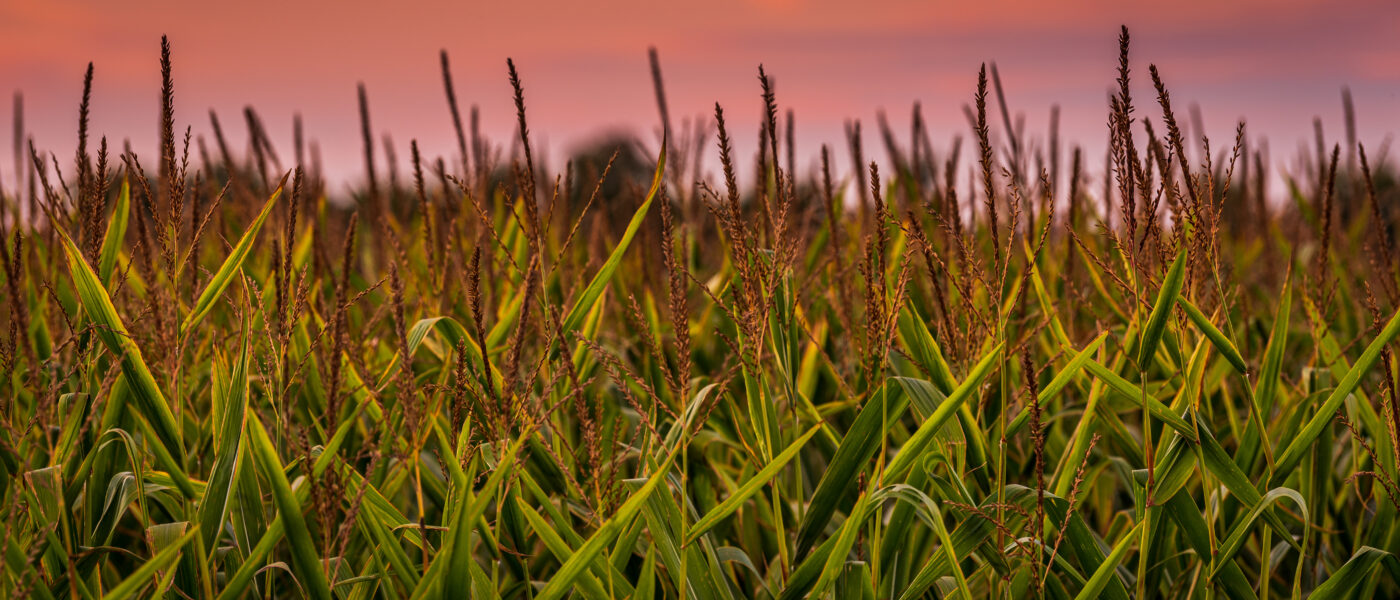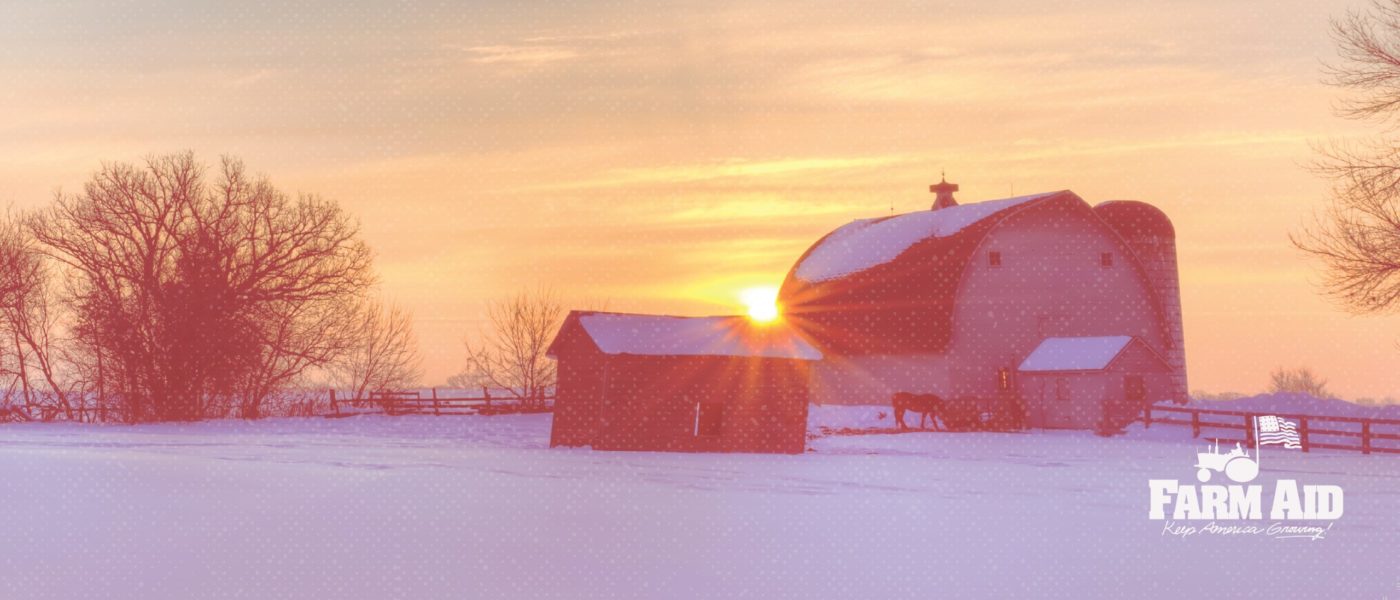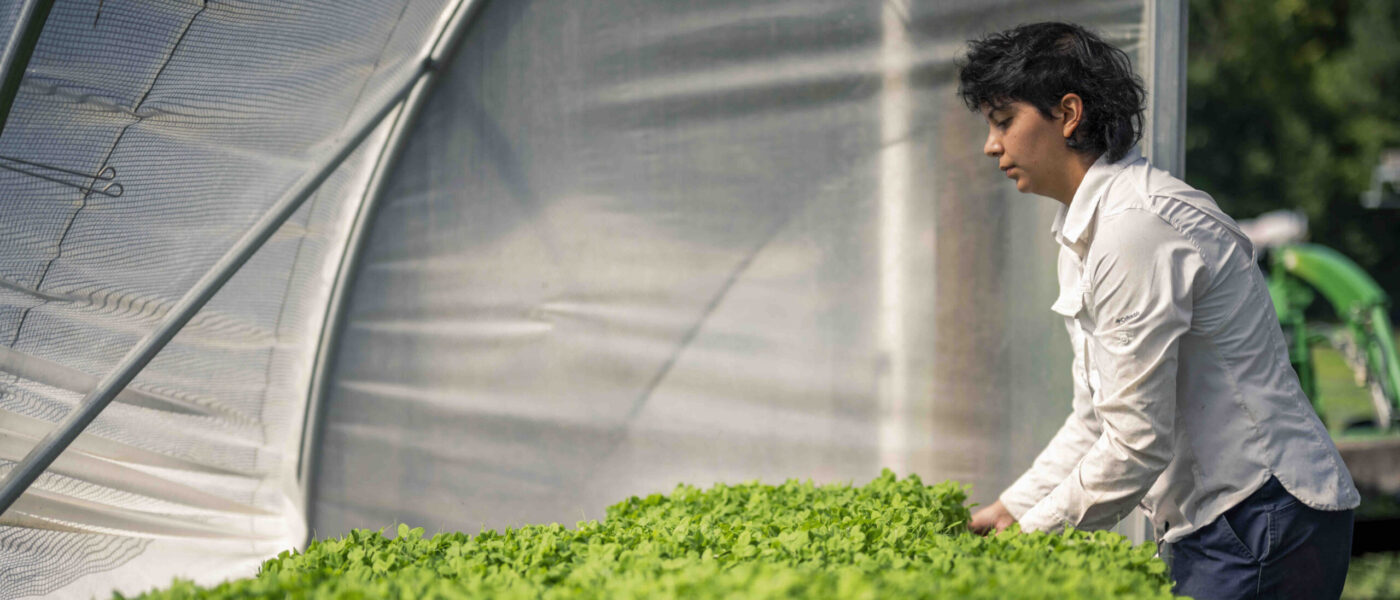This week, the National Sustainable Agriculture Coalition, a Farm Aid partner, released The NSAC Farm Safety Net Report (also embedded below), a comprehensive analysis of our country’s farm safety net. The farm safety net refers to the distribution of federal dollars through crop insurance, commodity, and disaster assistance programs.
This report comes at a critical time; Congress is currently writing the next farm bill and debating how much to fund different agricultural programs. Republicans in Congress have set limits on total agricultural spending, meaning that some programs’ funding will come at the cost of others’. Democrats are fiercely defending food assistance programs, such as SNAP and WIC, as well as funding for conservation and climate, while Republicans favor funding crop insurance and commodity programs.
However, the new report reveals that these safety net programs are largely unsustainable and unequally distributed, bringing into question if they should continue to be heavily subsidized. Some key findings of the report include:
- From 2017 to 2022, at least $142 billion was distributed to farmers through the farm safety net, including:
- $46 billion in crop insurance premium subsidies.
- $29 billion from commodity program payments.
- $67 billion from ad-hoc disaster assistance.
- States in the Midwest, Great Plains, and South consistently received greater assistance from safety net programs compared to those in the Mid-Atlantic, Northeast, and West.
- Crop insurance premium subsidies reached an all-time high at $11.6 billion in 2022 – roughly double the preceding decade’s average.
- The current safety net leaves many small to mid-sized, beginning, and diversified farmers behind, but it functions exceedingly well for industrial farm businesses.
- Low enrollment in crop insurance policies among smaller and diversified producers does not reflect disinterest in participation… Instead, this discrepancy illuminates barriers in program design and implementation that prevent farmers from enrolling or seeking coverage.
- A $900,000 adjusted gross income means test to determine eligibility for federal crop insurance premium subsidies would save almost $4.6 billion over 10 years and impact less than 1.3 percent of commodity farms.
- The farm safety net has shifted the burden and cost of risk mitigation away from building on-farm resilient production systems.
- Policymakers serious about strengthening the safety net while decreasing its cost must support policies and incentives that help farmers to build soil health and diversify, in addition to targeting relief and expanding access to producers that demonstrate the most need.
